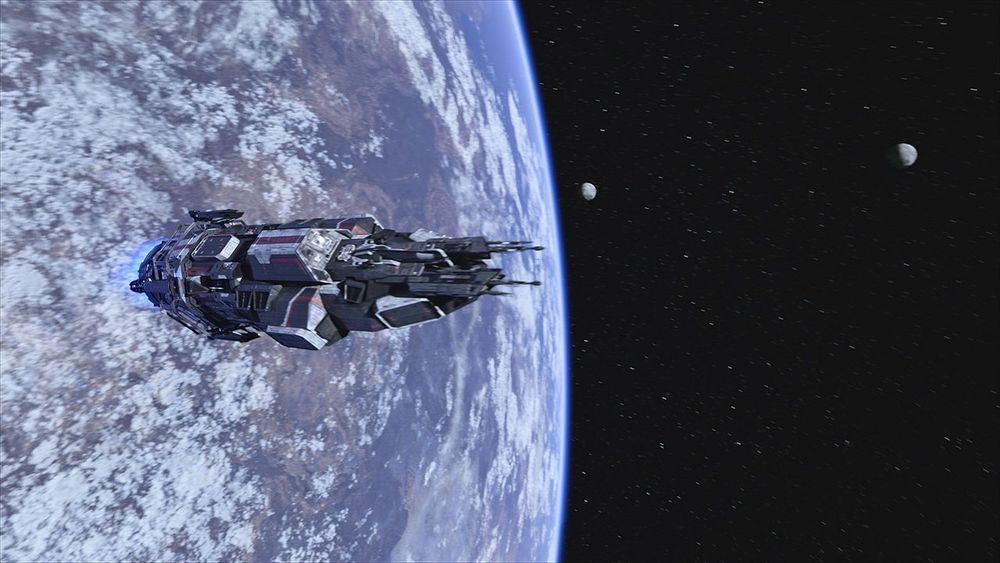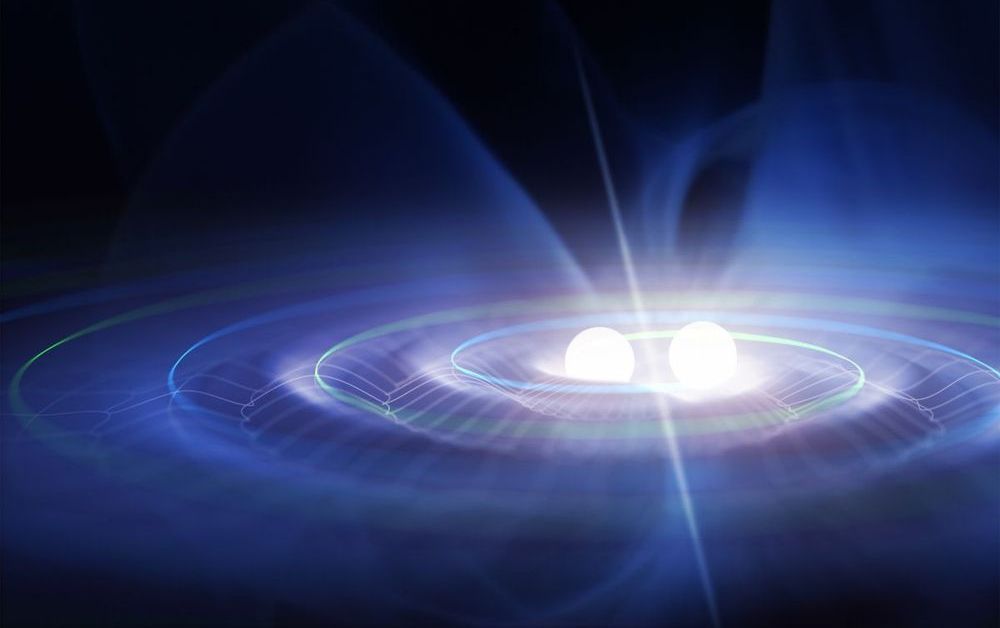Dec 14, 2019
Ask Ethan: Could Octonions Unlock How Reality Really Works?
Posted by Quinn Sena in categories: education, mathematics, physics
The octonions themselves will never be “the answer” to how reality works, but they do provide a powerful, generalized mathematical structure that has its own unique properties. It includes real, complex, and quaternion mathematics, but also introduces fundamentally unique mathematical properties that can be applied to physics to make novel — but speculative and hitherto unsupported — predictions.
Octonions can give us and idea of which possibilities might be compelling to look at in terms of extensions to known physics and which ones might be less interesting, but there are no concrete observables predicted by the octonions themselves. Pierre Ramond, my former professor who taught me about octonions and Lie groups in physics, was fond of saying, “octonions are to physics what the Sirens were to Ulysses.” They definitely have an allure, but if you dive in, they may drag you to a hypnotic, inescapable doom.
Their mathematical structure holds an incredible richness, but nobody knows whether that richness means anything for our Universe or not.
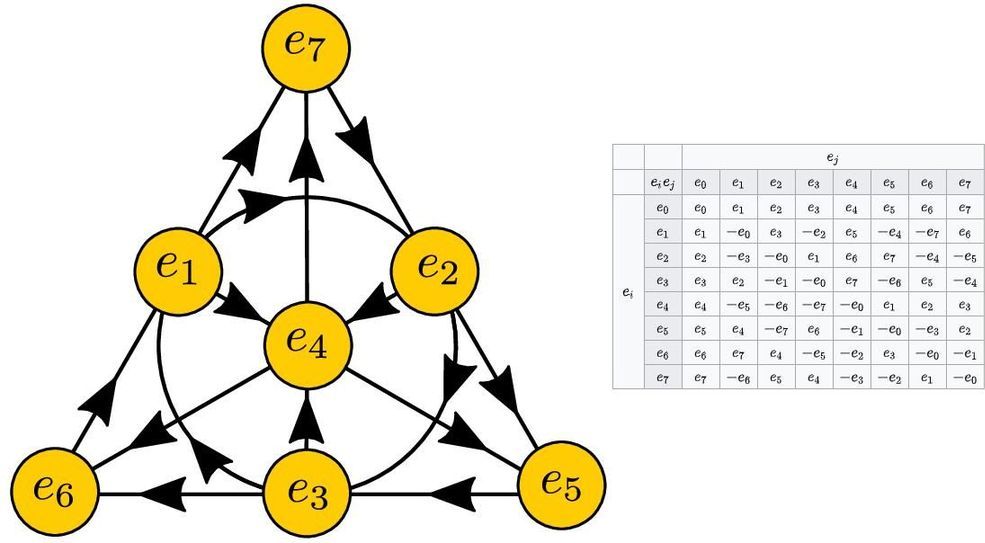
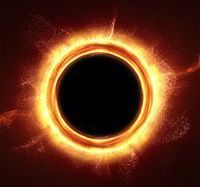
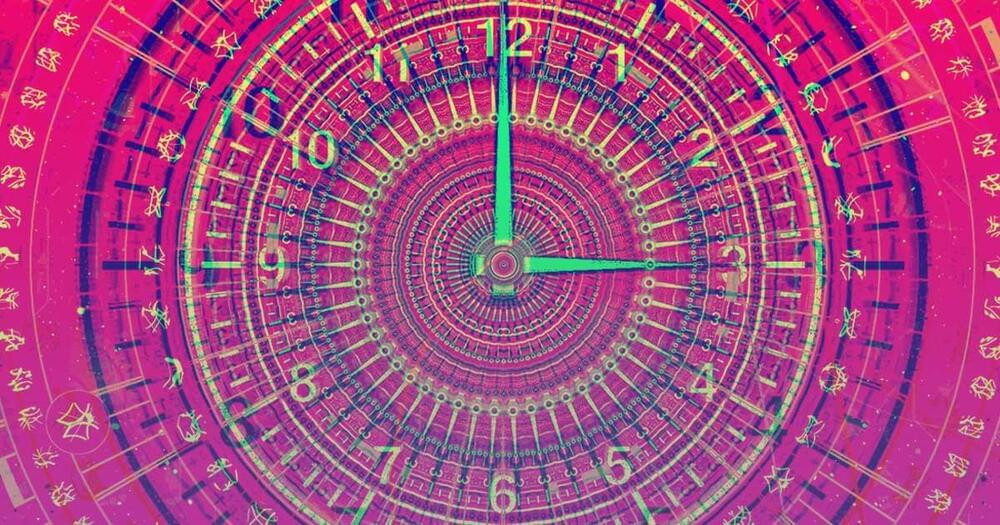
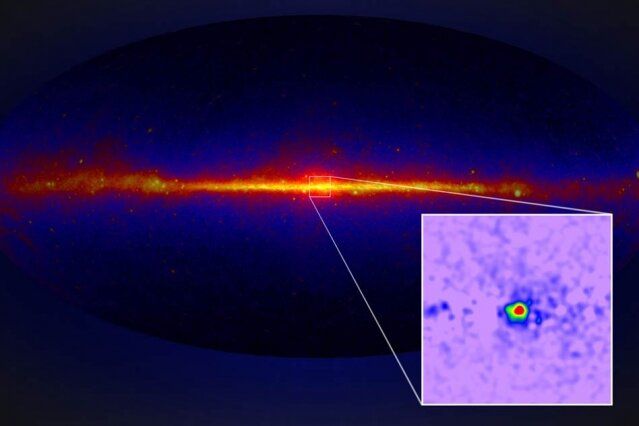
 Abstract: In the context of warped extra-dimensional models with all fields propagating in the bulk, we address the phenomenology of a bulk scalar Higgs boson, and calculate its production cross section at the LHC as well as its tree-level effects on mediating flavor changing neutral currents. We perform the calculations based on two different approaches. First, we compute our predictions analytically by considering all the degrees of freedom emerging from the dimensional reduction (the infinite tower of Kaluza Klein modes (KK)). In the second approach, we perform our calculations numerically by considering only the effects caused by the first few KK modes, present in the 4-dimensional effective theory. In the case of a Higgs leaking far from the brane, both approaches give the same predictions as the effects of the heavier KK modes decouple. However, as the Higgs boson is pushed towards the TeV brane, the two approaches seem to be equivalent only when one includes heavier and heavier degrees of freedom (which do not seem to decouple). To reconcile these results it is necessary to introduce a type of higher derivative operator which essentially encodes the effects of integrating out the heavy KK modes and dresses the brane Higgs so that it looks just like a bulk Higgs.
Abstract: In the context of warped extra-dimensional models with all fields propagating in the bulk, we address the phenomenology of a bulk scalar Higgs boson, and calculate its production cross section at the LHC as well as its tree-level effects on mediating flavor changing neutral currents. We perform the calculations based on two different approaches. First, we compute our predictions analytically by considering all the degrees of freedom emerging from the dimensional reduction (the infinite tower of Kaluza Klein modes (KK)). In the second approach, we perform our calculations numerically by considering only the effects caused by the first few KK modes, present in the 4-dimensional effective theory. In the case of a Higgs leaking far from the brane, both approaches give the same predictions as the effects of the heavier KK modes decouple. However, as the Higgs boson is pushed towards the TeV brane, the two approaches seem to be equivalent only when one includes heavier and heavier degrees of freedom (which do not seem to decouple). To reconcile these results it is necessary to introduce a type of higher derivative operator which essentially encodes the effects of integrating out the heavy KK modes and dresses the brane Higgs so that it looks just like a bulk Higgs.